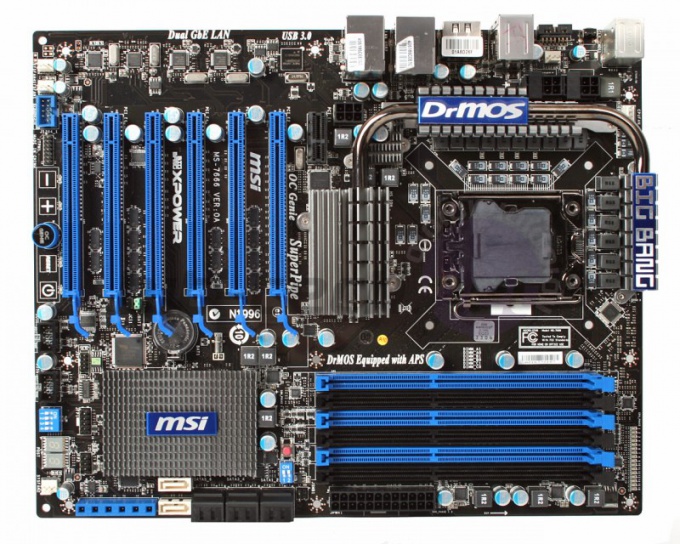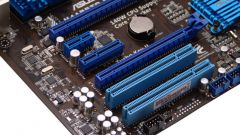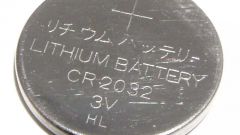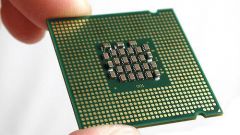Instruction
1
Do the following to test the motherboard. Disconnect power, disconnect from the motherboard all external devices such as a mouse, keyboard, game controllers, etc., it Often happens that because of one poorly assembled device may not work all motherboard.
2
Turn on the power, start the computer. If the motherboard does not start, then the reason is not the fault of any device. If work, turn off the computer and attach one and run it to find out which device is the fault.
3
Check the Reset button to test the motherboard. It happens that the reset button can short. This is due to oxidation of contacts, or any bias. Disconnect the wire from the button and then start the computer. If the motherboard still doesn't work, keep looking for the cause of the fault.
4
Take a voltmeter, check the voltage on the battery the BIOS to understand why is not working motherboard. The battery voltage should not be lower than 2.9 V, and the value of the current should be in the range of 3 to 10 µa. If any of these indicators goes beyond the recommended value, the battery needs to be replaced.
5
Reset CMOS module. This can be done with a special jumper or pulling the BIOS battery and leaving for a few minutes. Return the battery to its former place, try turning on the motherboard. Maybe it's the power supply. Try to check it on another computer. The surest way to determine the efficiency of the motherboard is as follows.
6
Disconnect it from all devices, both internal and external. Leave it on only the CPU and power supply. Then start the computer. If the speaker BIOS at startup beeps, then the motherboard of your personal computer is in working condition.



